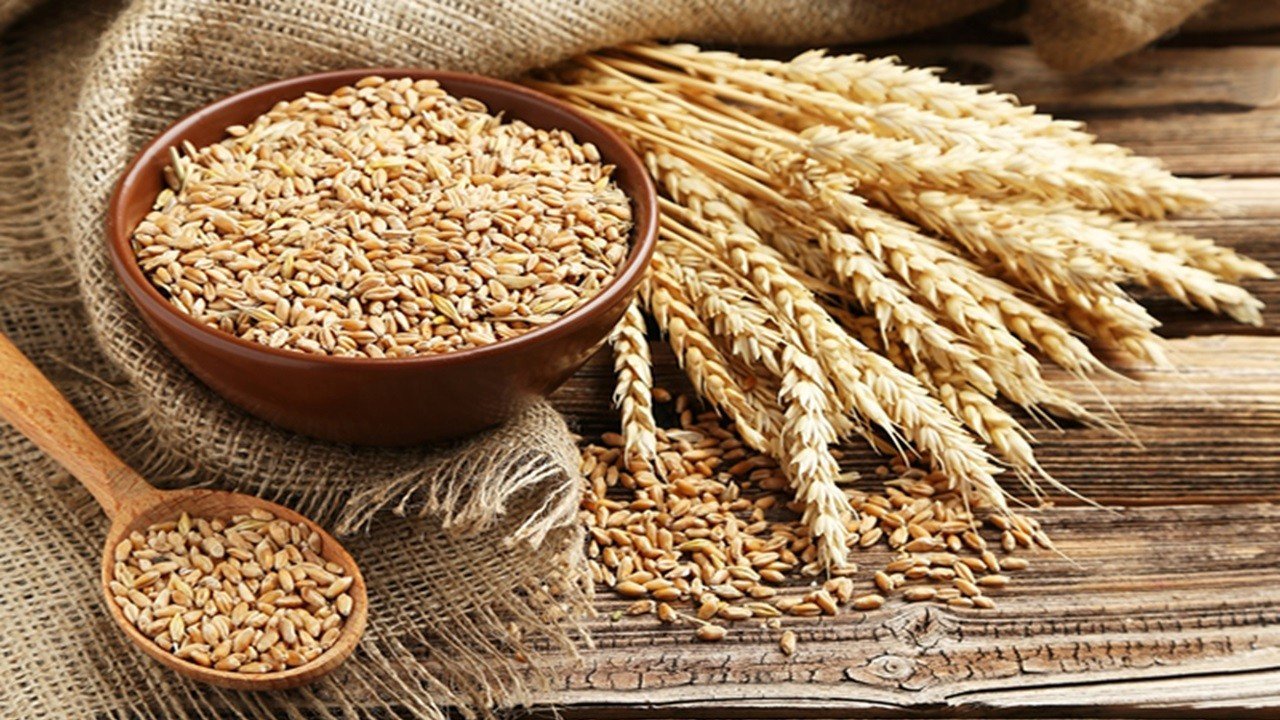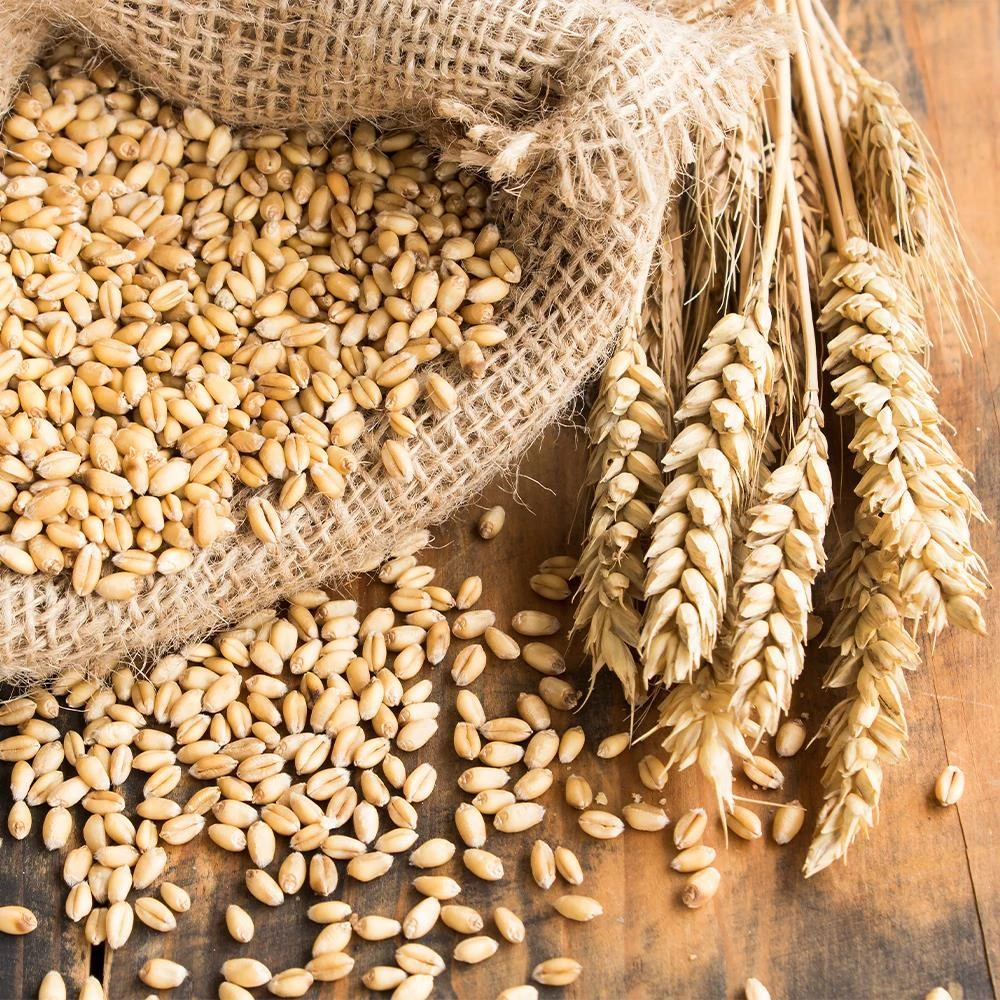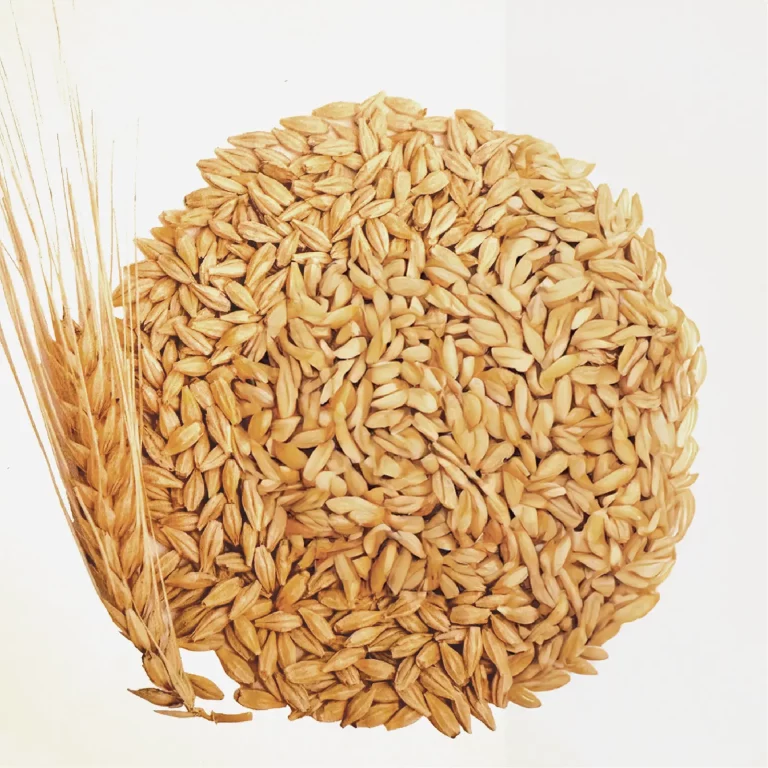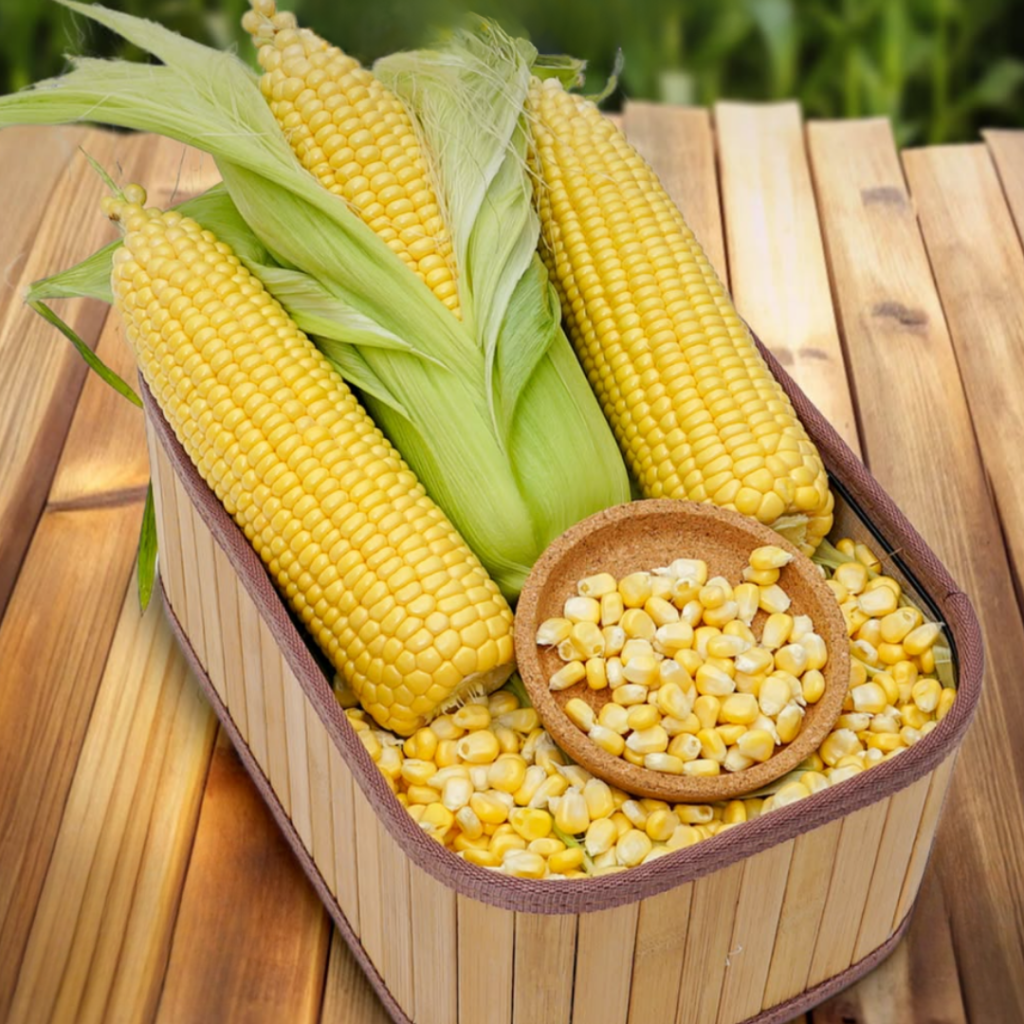Grain Products
Grains: The Cornerstone of Civilization
Grains are food substances obtained from seeded plants belonging to the grass family (Poaceae) that have formed the foundation of human nutrition for thousands of years. In human history, the beginning of agriculture also heralded the transition to settled life and the establishment of civilizations.
Today, a large portion of the world’s population meets most of its daily energy needs from grains. In particular, whole grain products are recommended by modern nutritionists as an indispensable part of a healthy and balanced diet.

Wheat: The Mother of All Grains
Wheat is one of the first cereals to be domesticated in human history. Archaeological findings show that wheat began to be cultivated approximately 10,000 years ago in the Fertile Crescent region (Middle East). Today, wheat is the most widely cultivated cereal in the world and is used for both human consumption and animal feed.
Nutritional Value and Health Benefits
Wheat is a rich source of complex carbohydrates, fiber, protein, B vitamins, and various minerals. Particularly, whole wheat products:
- It supports digestive system health.
- It helps balance blood sugar levels.
- It protects heart health by lowering cholesterol levels.
- It aids in weight management by providing a prolonged feeling of fullness.


Barley: Ancient and Nutritious
A large portion of barley production is used as animal feed, where demand for quality is limited. Feed barley, particularly in international markets, is often substituted with cheaper cereals like corn.
Barley is fed to animals both as grain and roughage (there is genetic diversity among barley varieties in terms of nutritional quality and suitability for feed and food use, but these goals have not been emphasized much in breeding programs). The price of feed barley is usually determined by simple physical characteristics such as plump kernel percentage and high test or volume weight. The genetics of feed quality traits have been reviewed recently.
High test weight is a positive characteristic for feed barley because higher kernel density tends to indicate higher nutritional value, due to higher starch and protein content, lower fiber, and reduced air space. Kernel plumpness and uniformity are desirable, as plump kernels tend to have higher starch (energy) content. Uniformity is important during feed processing, which may include dry or steam rolling. The particle size of rolled barley is a characteristic that has recently been shown to affect feed quality for ruminants. Studies to date suggest that a larger particle size may provide a slight benefit to the animals, but some compromise in particle size may be necessary to optimize all the parameters used to determine feed quality.
Corn: Golden Grains
Corn was first cultivated approximately 10,000 years ago in Mexico. After the discovery of the Americas, corn spread throughout the world and is now the third most produced cereal after wheat and rice. It is used globally for both human consumption and industrial purposes.
Nutritional Value and Health Benefits
Corn is rich in vitamin A, antioxidants, and fiber. Yellow corn contains antioxidants called lutein and zeaxanthin, which are highly beneficial for eye health. The health benefits of corn:
- It protects eye health.
- It regulates the digestive system.
- It supports energy metabolism.
- Its antioxidant content provides protection against cellular damage.
Corn can be consumed directly as kernels, or used in the form of flour, oil, starch, and syrup. Traditional foods such as popcorn, cornflakes, tortillas, and arepas are made from corn. Furthermore, corn is a raw material for many processed foods.

Feed Corn: The Energy Source of the Livestock Industry
Feed corn is one of the essential raw feed materials for livestock operations. Its high energy content, palatability, and easy digestibility by animals have made it an indispensable component of feed rations. This comprehensive guide covers the characteristics of feed corn, its importance in animal nutrition, storage conditions, and marketing strategies.
Feed corn is a variety of corn cultivated primarily for use as animal feed, rather than for processing for human consumption. It has a higher starch content compared to sweet corn and is typically fed to animals as whole grain, cracked, or ground. Its quality is graded based on moisture content, protein level, and the presence of foreign matter.
Feed corn is used as the primary energy source in rations for ruminants and poultry.


